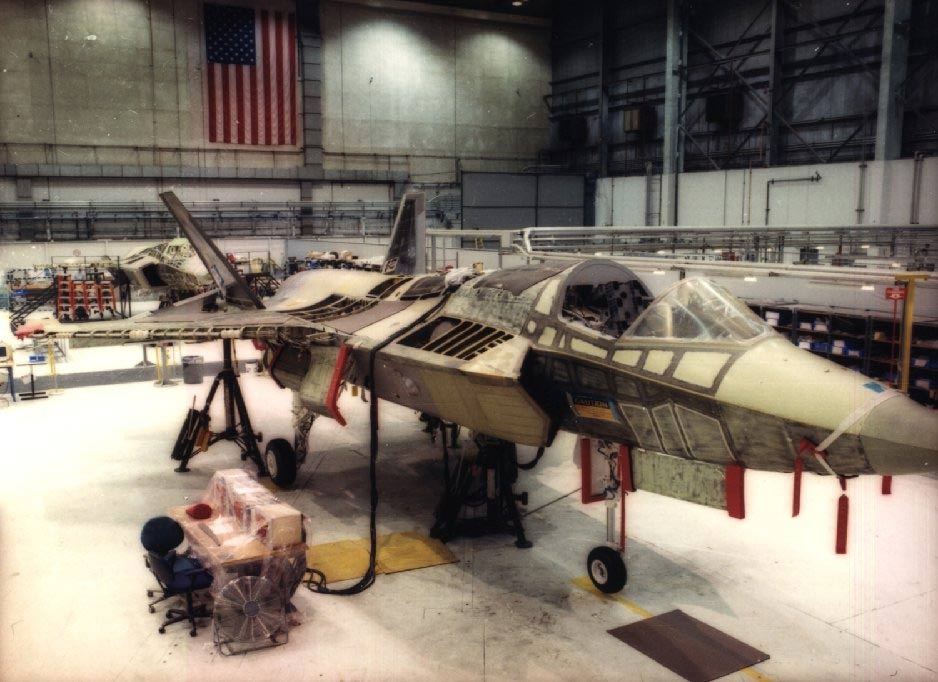US Ready to Bet $60 Million on 3D Printing

Today's 3D printers can already create robots and artificial body parts layer by layer based on computer designs. But the U.S. government has much bigger plans for the futuristic technology — it wants to reshape American manufacturing by offering up to $60 million for a new 3D printing institute.
Unlike traditional factories, 3D printing technology offers the flexibility of tweaking digital designs on the fly and then rapidly "printing" the physical object on demand. The new Additive Manufacturing Innovation Institute would harness 3D printing as the first of up to 16 centers dedicated to U.S. manufacturing innovation — part of the National Network for Manufacturing Innovation announced by President Obama on March 9.
"This pilot Institute will serve as a technical center of excellence, providing the innovation infrastructure to support manufacturing enterprises of all sizes and ensure that the U.S. manufacturing sector is a key pillar in an enduring and thriving economy," according to the Air Force Research Laboratory's solicitation issued yesterday (May 8).
The Department of Defense has taken the official lead on the 3D printing effort, but civilian agencies such as the Department of Energy have also promised funding. Any university or research institute that eventually hosts the new institute is expected to match the taxpayer contribution for a possible total budget of $120 million.
The military envisions 3D printing as a way to save money on making new defense technologies or weapons — whether such hardware is made of metal, plastic or electronics. Smaller, lighter versions of 3D printers could even allow soldiers to print out replacement parts at forward bases near battlefields. Meanwhile, the Department of Energy hopes to cut back on the energy cost of manufacturing by 50 percent within 10 years.
Whatever it achieves, the new institute can't expect to receive taxpayer dollars forever. The Air Force solicitation says the institute must have a business plan to become financially sustainable within five years.
This story was provided by InnovationNewsDaily, a sister site to LiveScience. Follow InnovationNewsDaily on Twitter @News_Innovation, or on Facebook.
Get the world’s most fascinating discoveries delivered straight to your inbox.



